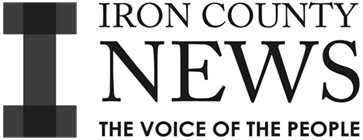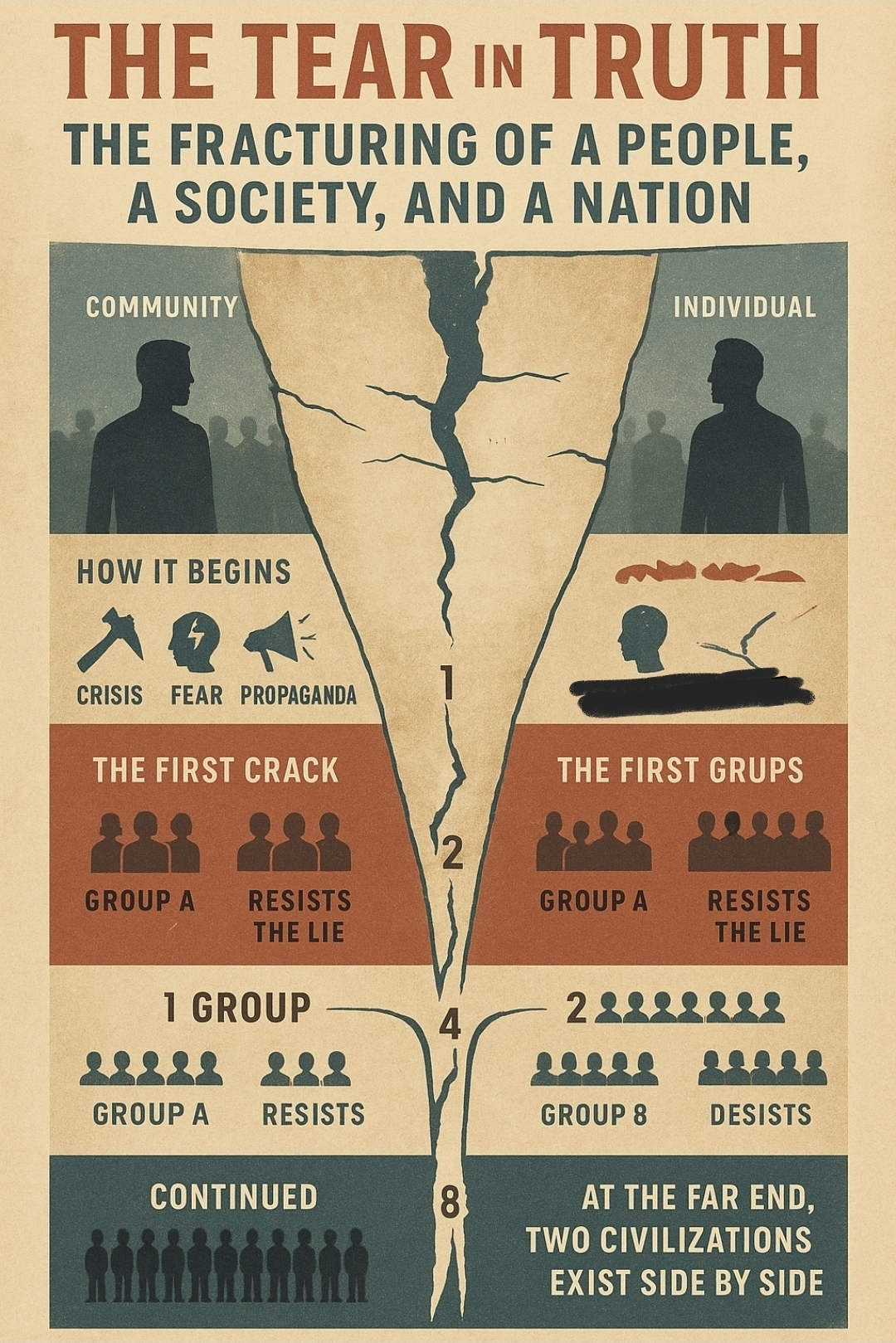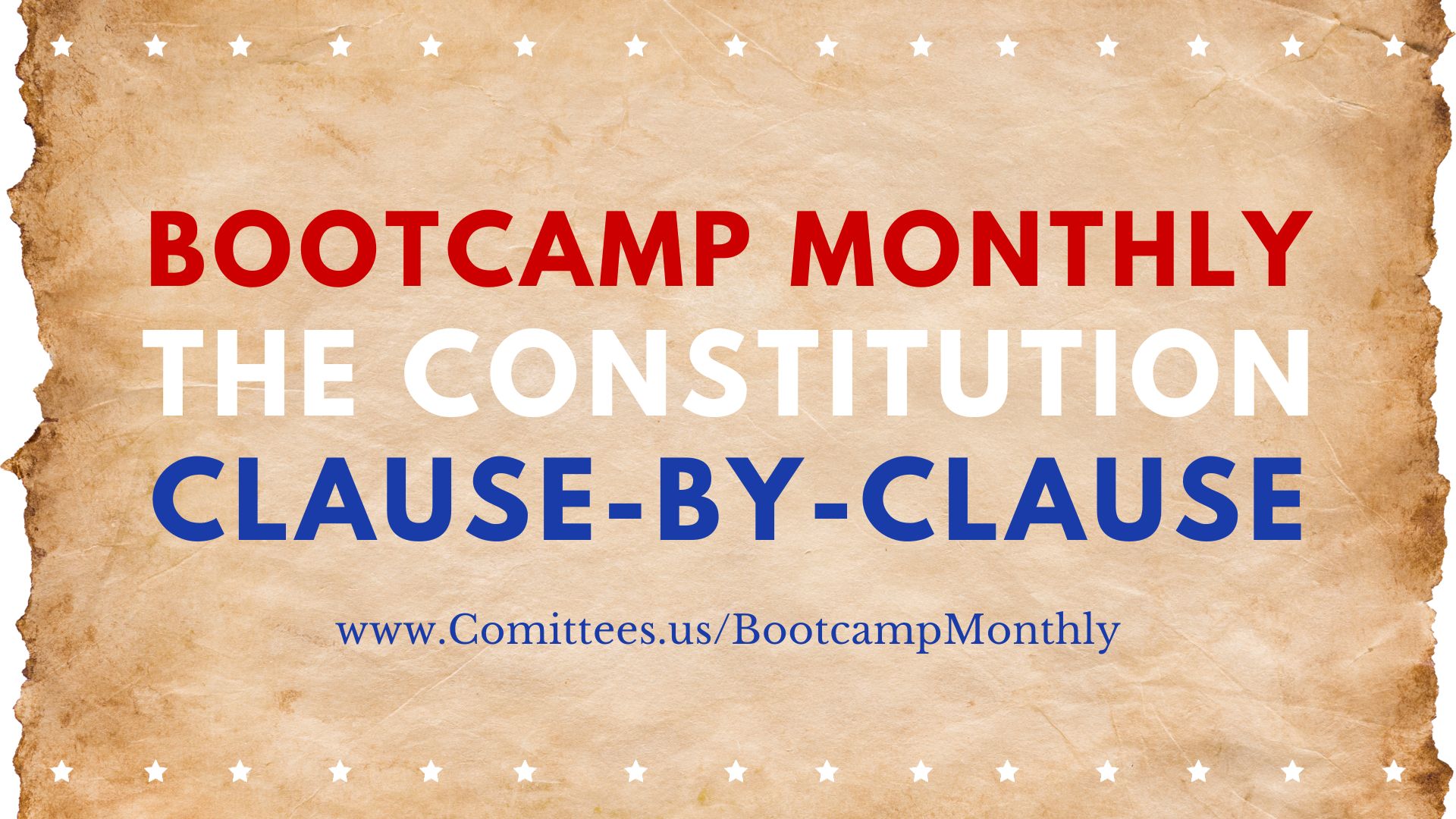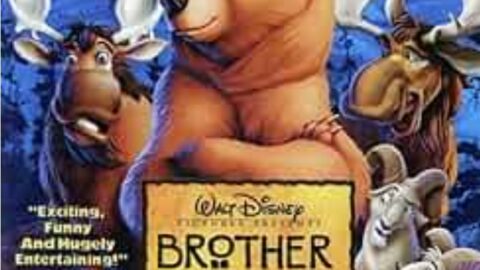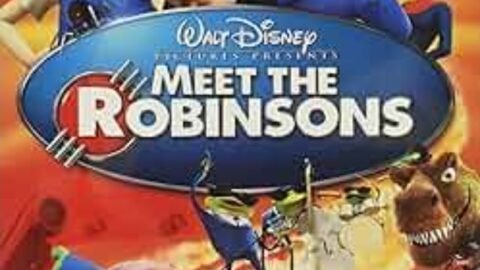History does not collapse in a single moment. Nations do not wake up one day to find themselves enslaved, divided, or deceived. Instead, they unravel slowly (creep) — thread by thread — through lies accepted, crises manipulated, and consciences compromised. This unraveling is what we call The Tear in Truth.
In this model, each crisis becomes an opportunity for propaganda. Each propaganda wave creates fractures (tears and creeps) in trust. Families divide, institutions corrode, and generations inherit new blind spots. Over time, people no longer share the same language of reality. Words like “freedom,” “justice,” or “safety” no longer mean the same thing. At the end of this progression, the house of truth is torn into fragments, and communication itself breaks down. The Tear in Truth explains how the unraveling happens.
But unraveling does not stop with cracks in trust. Fractures harden into fault lines, and fault lines eventually become boundaries between whole ways of life. This is the world described in By 2030 We Will See the Tale of Two Civilizations: Life Inside and Outside the High-Tech City (Mark of the Beast). By then, the great divide is no longer only psychological or cultural — it is material, technological, and spiritual.
On one side stand the high-tech cities: gleaming, seamless, comfortable, but bound in surveillance and total control. On the other side live the off-grid villages: poorer, harder, but clinging to freedom, ownership, and truth. Between them lies the ultimate prophetic line: the mark of the beast. For the first time in history, humanity holds in its hands a device capable of merging commerce, identity, propaganda, and surveillance — the smartphone — the vehicle through which participation in society itself is mediated.
Together, these two works form one story:
- The Tear in Truth shows the process of fragmentation — how societies and souls are torn apart by illusion.
- The Tale of Two Civilizations shows the outcome of that fragmentation — two futures existing side by side, one enslaved by comfort and one refined by hardship.
This is not only history or speculation — it is a living choice. The question before every generation, and especially ours, is whether we will accept the comforting illusions of the city, or endure the costly freedom of the village. Whether we will carry the mark of convenience, or bear the cross of truth.
The COVID era offers the clearest, global-scale example of this unraveling. In the early days, fear and official narratives captured entire populations, tearing the first threads of trust and truth. As time passed and the masks came off, fractures appeared. Some remained at the stage where they fully believed the system’s story. Others began to question and research, retracing steps back toward earlier stages of truth. Still others moved forward into the next propaganda wave, ready to embrace digital IDs, mandates, or surveillance as the “new normal.” In this way, COVID revealed the anatomy of the tears for all to see once trust is broken, people scatter into stages, each group locking into its own version of reality.
Before diving into the stages, it’s important to define the language of this model. Stages represent the passage of time — think of them like years or seasons in the life of a society. Cracks and tears mark the moments of stress that weaken the fabric of truth. These cracks are often triggered by crisis events — wars, emergencies, financial collapses, pandemics — each one generating fear and confusion. Leaders and institutions understand this well: “Never let a crisis go to waste.” In these moments, psychological warfare is waged. Through fear, propaganda, and manipulation, lies are seeded into the public consciousness. These lies work not only on the conscious mind but also on the unconscious and subconscious, training people to doubt their instincts and trust the narrative. The groups that emerge at each stage represent how individuals and communities choose to respond: some accepting the illusion, others clinging to truth.
But the model becomes even more powerful when we add two more layers:
1 – Moral Psychology: How People Grow in Their Moral Reasoning
When people talk about morality, they often assume it’s black-and-white: right versus wrong. But in reality, people mature in their ability to reason about right and wrong. Psychologist Lawrence Kohlberg studied this process and discovered that people pass through stages of moral development — almost like moving through grades in school.
Here’s how it works, in plain terms:
Stage 1 – Obedience out of Fear:
This is the childhood stage. Right and wrong are judged by whether you get punished or not. Example: “I won’t steal because I don’t want to get spanked.”
Stage 2 – Self-Interest (“What’s in it for me”):
Here, people see morality as a deal. Right and wrong are about what benefits me. Example: “I’ll help you if you help me.”
Stage 3 – Social Approval (“Be a good boy/girl”):
Now people care about how others see them. Right means being liked or accepted. Example: “I’ll do this so my friends think I’m good.”
Stage 4 – Law and Order / Authority:
This stage is about obeying rules, laws, and authority. Right is what the system says is right. Example: “If the government says it, it must be the law, and the law must be followed.”
Stage 5 – Social Contract / Principles:
At this point, people realize that laws are made by humans and can be unjust. Right and wrong must be judged against higher principles — fairness, justice, human rights. Example: “The law says this, but the law is wrong, so I won’t follow it.”
Stage 6 – Conscience / Universal Principles:
This is the highest stage. Here, morality is guided by conscience and universal truth, not by fear, self-interest, popularity, or even laws. Example: “Even if everyone else goes along, I will do what is right — even if it costs me everything.”
2 – Why It Matters for the “Tear in Truth” Model
- Most of society gets stuck at Stage 3 (needing approval) or Stage 4 (blind obedience). This makes people easy to control with propaganda and authority.
- The Remnant tends to live at Stage 5 or 6. They resist lies because they judge them against truth, conscience, and universal principles — even when it’s unpopular or dangerous.
- Children are born into their parents’ stage. A child raised in Stage 4 conformity inherits “just follow the rules.” A child raised by a Stage 6 parent learns to weigh everything against higher truth. This is how generations either slide deeper into propaganda or resist it.
Generational Inheritance: Born Into the Group
Every child is born into a story they didn’t choose. That story is shaped by their parents’ beliefs, the group their family belongs to, and the “stage of truth or illusion” their society has already reached.
Think of it like this:
- If your parents are in Group A (trusting the propaganda):
You grow up hearing that the official story is safe, that authority knows best, and that questioning is dangerous or foolish. You inherit conformity as normal. - If your parents are in Group B (resisting the propaganda):
You’re raised with suspicion of lies and a deeper loyalty to truth, but you also inherit the burden of being called “different,” “stubborn,” or even “dangerous” by the larger culture. - If your parents are in the Remnant/Guardians (the rare few holding firm to truth):
You inherit both a gift and a trial. You receive a heritage of conscience and clarity, but you also inherit loneliness, resistance from society, and the challenge of carrying a heavy torch few around you understand.
This also reveals something deeper: every generation is shaped by how their parents and grandparents reacted to the psychological conditioning and programming they received during crises. Wars, depressions, pandemics, propaganda campaigns, and cultural shocks don’t just affect the moment — they leave grooves in the collective mind. Some ancestors complied, some resisted, and others wavered in between. Their choices during those pressures created the default worldview that children and grandchildren were born into.
The Climb Out of Bias
Children do not stay in their parents’ group automatically. They must grow up and face reality for themselves. But the starting point matters.
- A child born into Stage 3 (“be liked, fit in”) will feel pressure to conform before they ever learn to think for themselves.
- A child born into Stage 4 (“obey the system”) may struggle to realize that laws and institutions can be wrong.
- A child born into a propaganda-soaked culture has to climb out of layers of bias — like peeling off blindfolds — before they can see clearly.
This is why George Orwell’s warning rings true:
“Every generation imagines itself to be more intelligent than the one that went before it, and wiser than the one that comes after it.”
Each new generation thinks it sees better than its parents, but in reality, most are just carrying the same inherited blind spots — unless they deliberately fight their way out by becoming transitional characters. A transitional character is someone who chooses to break the cycle of inherited patterns — whether of thought, morality, or behavior. Instead of blindly passing down the propaganda or compromises of their parents, they stop, question, and rewrite the script for themselves and their children.
Why This Matters in the Tear in Truth Model
- Each Tear is not just about individuals — it sets the default worldview for the children born there.
- Propaganda creeps become family culture. A small lie that parents accept becomes the “normal” environment children breathe in.
- The Remnant is always fragile. Because they are small, their children often feel the weight of alienation, and many are tempted to join the majority for comfort.
- The climb to truth is hardest for those born in deeper stages of illusion. But it is also the most powerful when they break free — because they see the contrast more clearly than those who never left the light.
Together, these show not only why societies fracture, but why generations inherit blindness — and why only a remnant awakens.
We often imagine history as a march of progress or a series of victories. But if we look closer, history is also the story of lies accepted, crises manipulated, and narratives weaponized. These are the tears and cracks in truth — moments when individuals, families, communities, and nations were pushed into binary choices: one side or the other, left or right, for or against.
Each of these fractures did not remain in the moment. They carried forward, shaping entire generations. Children inherited not just the outcomes but the assumptions of their parents’ “side.” Over time, the weight of these accumulated tears left America and the world divided — not only politically, but morally, culturally, spiritually, and even psychologically.
The Neuroscience of Propaganda: How Tears Rewire the Brain
Dr. Joe Dispenza teaches that “neurons that fire together, wire together.” In other words, when we repeat a thought, emotion, or behavior often enough, our brains carve grooves that make those responses automatic. Propaganda exploits this principle. Each slogan repeated, each fear rehearsed, each narrative consumed doesn’t just shape opinion — it rewires the brain.
Below is a non-exhaustive map of these tears. Some are undeniable, others are debated, and still others may be red herrings designed to confuse. But taken together, they explain why our nation — and our world — often feels like a house divided against itself.
Foundational Tears and Creeps
- Civil War / War Between the States (1861–1865): Framed as a binary between slavery vs. union, but deeper issues of banking, tariffs, and states’ rights fractured the nation permanently. Families fought each other, and generations inherited competing myths of freedom and betrayal.
- The Federal Reserve (1913–1914): Sold as “stability,” but critics exposed it as a private cartel creating debt slavery. Generations since have been born under invisible chains of central banking.
20th Century Cracks in Truth
- World War I (1914–1918): Marketed as “the war to end all wars,” but truth-seekers exposed banker profits and manipulations like the Lusitania. Generations accepted “patriotism” defined by industrial war machines.
- Russian Revolution (1917): Sold as a workers’ uprising, but fueled by foreign financing and elite manipulation, birthing global communism as a “controlled alternative.”
- Zionist Takeover of Israel (1948): Celebrated as prophecy fulfilled, but truth-seekers note Balfour, Rothschild funding, and Palestinian displacement. The fracture here echoes through every modern conflict in the Middle East.
- World War II (1939–1945): Officially a fight against tyranny, yet Wall Street and London elites had financial ties to Nazi Germany.
- Pearl Harbor (1941): Framed as a surprise, but foreknowledge evidence suggests leadership allowed it to justify war.
- Chinese Communist Takeover (1949): Marketed as liberation, but enabled by Western elites and Soviet backing. Millions inherited authoritarian control as “normal.”
- Rockefeller-Engineered Systems:
- Religion: Diluted faith, social gospel, and compliance-oriented ministers.
- Oil: Advertising-driven consumerism built on petroleum dependence.
- Education: Prussian models + Rockefeller money = schools of obedience.
- Medicine: Natural remedies sidelined for pharmaceutical monopolies.
- Family & Values: Dependency and consumerism replaced independence and virtue.
Domestic Tears and Social Crises
- JFK Assassination (1963): “Lone gunman” narrative questioned, seeding deep distrust in government.
- RFK Assassination (1968): More inconsistencies, more fractures in public trust.
- Vietnam / Gulf of Tonkin (1960s–70s): False flag evidence exposed — yet millions drafted, wounded, or killed. Generational scars remain.
- No-Fault Divorce (1970s onward): Framed as “freedom,” but it fractured families, leaving millions of children in broken homes and changing cultural views on marriage permanently.
- Kosovo (1999): NATO’s humanitarian narrative concealed deeper power plays.
- Y2K Panic (1999–2000): Fear cycle manipulation that trained populations to panic, comply, and wait for “experts” to save them.
- The Smartphone (2000s): Marketed as a “smart” revolution, but in practice it became a dumb phone — rewiring attention spans, reshaping culture, eroding privacy, and creating psychological and spiritual dependency. It became the gateway medium for surveillance, propaganda, consumer addiction, and eventually the infrastructure of the mark of the beast.
21st Century Tears and Fractures
- 9/11 (2001): Official story accepted by many, but suppressed evidence points to deeper manipulation. Result: perpetual wars, Patriot Act, mass surveillance.
- 2007–2008 Financial Crisis: Predatory lending and bailout fraud devastated families, while bankers walked free.
- Middle Eastern Wars (Iraq, Afghanistan, Libya, Syria): WMD lies and regime-change propaganda cost millions of lives.
- Israel & Palestine Conflicts: Propaganda hides atrocities, deepening divisions globally.
- Ukraine (2014, 2022): Marketed as freedom vs. tyranny, but behind the slogans lies NATO, Russia, and Western manipulation.
- Election Integrity (2000, 2020, beyond): Voting systems questioned, leaving half the nation distrustful of democracy itself.
- COVID-19 (2020–2022): Perhaps the most global “tear” in truth yet.
- “Two weeks to flatten the curve.”
- Masks and lockdowns as unquestionable dogma.
- Vaccines framed as salvation, dissenters mocked as dangerous.
- Once the masks came off, groups split: some stayed in their stage, others awakened and walked back through earlier tears, and some pushed forward into the next propaganda cycle.
Endless Fractures, Endless Debates
And the list goes on:
- Flat Earth vs. Round Earth.
- Giants and suppressed history.
- MK Ultra and government mind control.
- Red herrings designed to distract, real conspiracies designed to control.
Each one is another tear in truth. Some divide families, others divide nations. Some are laughable distractions; others shape entire centuries. But the effect is the same: fragmentation, mistrust, confusion and distraction.
Key Takeaway
Every tear forces a choice — trust or resist. But the choice never stays in the moment. It shapes children, rewires generations, and fractures the ability of a nation to live as one people.
The America we see today — polarized, fragmented, unable to agree on even basic truths — is the product of these accumulated tears. And as Machiavelli observed, appearances, fear, and narrative win out unless a remnant deliberately resists.
Stages 1–5: The First Cracks
At the earliest tears, only two groups emerge:
Groups:
- Group A: Accepts the official narrative. Trusts the institution, the politician, the system. Believes propaganda equals reality. Trusts authority believes “temporary” lies.
- Group B: Refuses the lie. Resists early deception and pressure, clings to truth.
Generational Inheritance:
- Children of Group A are raised with slogans like “Just do what the experts say” and “Don’t question authority.”
- Children of Group B grow up hearing “Don’t trust everything you’re told,” but they feel pressure from the majority.
Historical Parallel: WWII internment camps, early Cold War loyalty oaths, or COVID’s “two weeks to flatten the curve.”
Here the community is still close enough to communicate. Group A may call Group B “stubborn,” and Group B may call Group A “naïve,” but the gap can still be bridged.
Yet the first five tears establish the pattern: truth versus illusion.
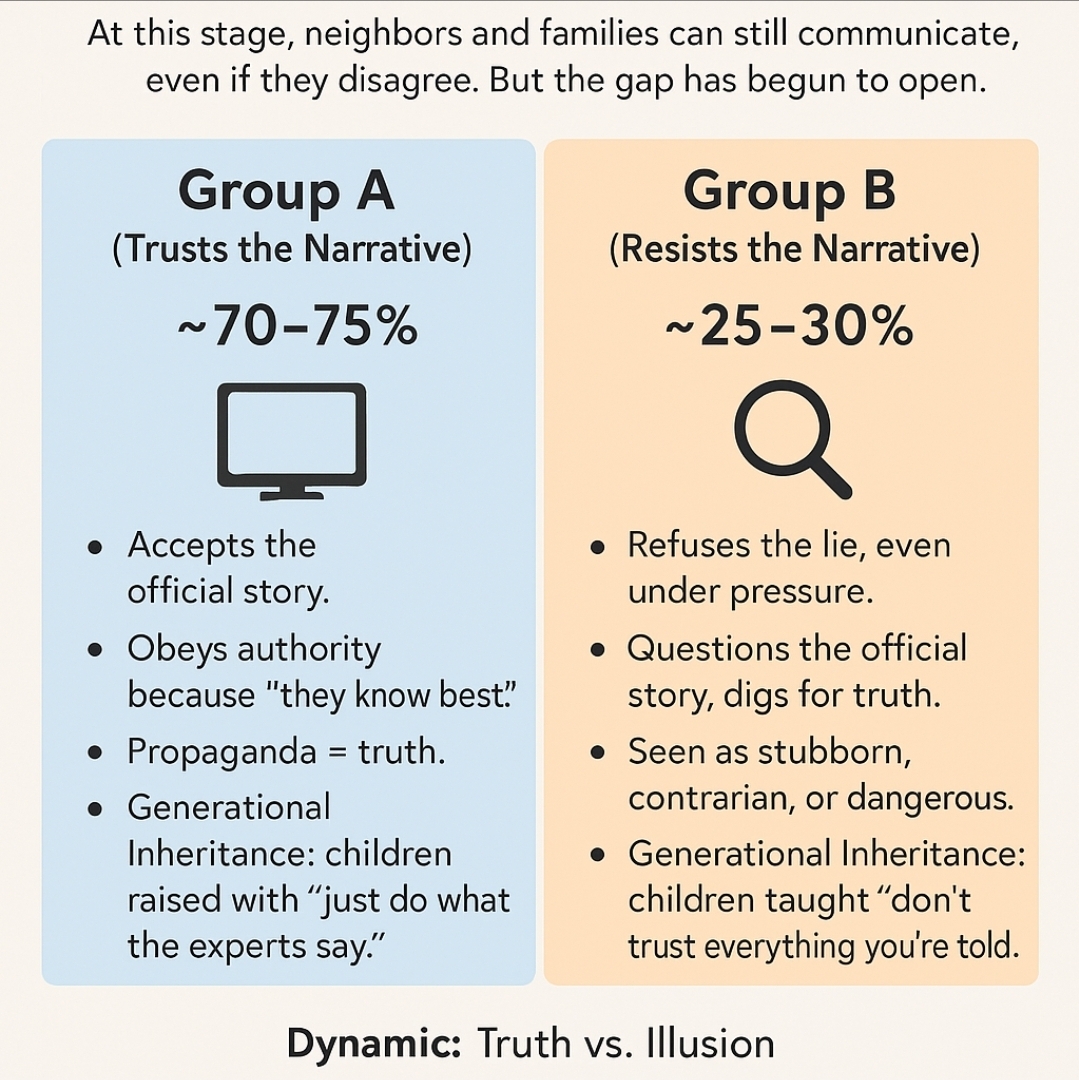
Stages 6–10: Multiplying Divisions
Dr. Joe Dispenza teaches that “neurons that fire together, wire together.” Propaganda at this stage wires the brain for tribal reflexes. Each time slogans are repeated or authority is obeyed for safety, the brain rewards conformity with a sense of belonging. Independent thought feels dangerous; group loyalty feels safe.
- Neurological Result: Belief becomes tied to social approval rather than truth.
- Return Path: Rewiring requires study, research, and disciplined reflection. By repeatedly engaging with original sources and resisting easy slogans, the brain begins to build new circuits that reward truth over approval.
By now, fractures deepen. What was once two groups becomes four:
Groups:
- Group A1: Zealous believers in the propaganda. They evangelize the lie.
- Group A2: Passive followers. They don’t think deeply; they just go along.
- Group B1: Skeptics who resist but still hesitate to act.
- Group B2: Firm resisters, willing to pay the cost of truth.
Generational Inheritance:
- Children of A1 grow up militant: “Our way is righteous; dissenters are dangerous.”
- Children of A2 absorb passivity: “Don’t rock the boat.”
- Children of B1 inherit confusion: parents question, but won’t act.
- Children of B2 inherit quiet strength, but also stigma.
Historical Parallel: 1950s Red Scare (A1 zeal vs. B2 principled dissent), Vietnam protests (A1 “support the war” vs. B2 “truth before loyalty”).
The community now fragments into factions. Neighbors, coworkers, even families may find themselves split. Communication begins to break down because the groups no longer share the same assumptions about reality.
Yet, there is a path back toward Group B2 — a return to truth. This path is not passive; it requires effort, courage, and humility. To return, people must engage in research for themselves, study original documents, weigh competing evidence, and trace the sources behind the claims. Independent inquiry, not borrowed opinions, is the way back.
This echoes the research method of those who keep detailed files, follow leads, and annotate books to make sense of complex histories and hidden patterns. It is also reflected in the wisdom of past thinkers:
- “An error is the more dangerous in proportion to the degree of truth which it contains.” — Henri Frederic Amiel
- “Men become civilized, not in proportion to their willingness to believe, but in their readiness to doubt.” — H. L. Mencken
- “Wisdom tends to grow in proportion to one’s awareness of one’s ignorance.” — Anthony de Mello
- “The degree to which a person can grow is directly proportional to the amount of truth they can accept about themselves without running away.” — Leland Val Van De Wall
In short: the path from illusion back to reality requires research, doubt, and self-honesty. Without these disciplines, individuals remain trapped in Groups A1, A2, or B1 — unable to cross the threshold into Group B2, where truth is faced and conscience is lived out.
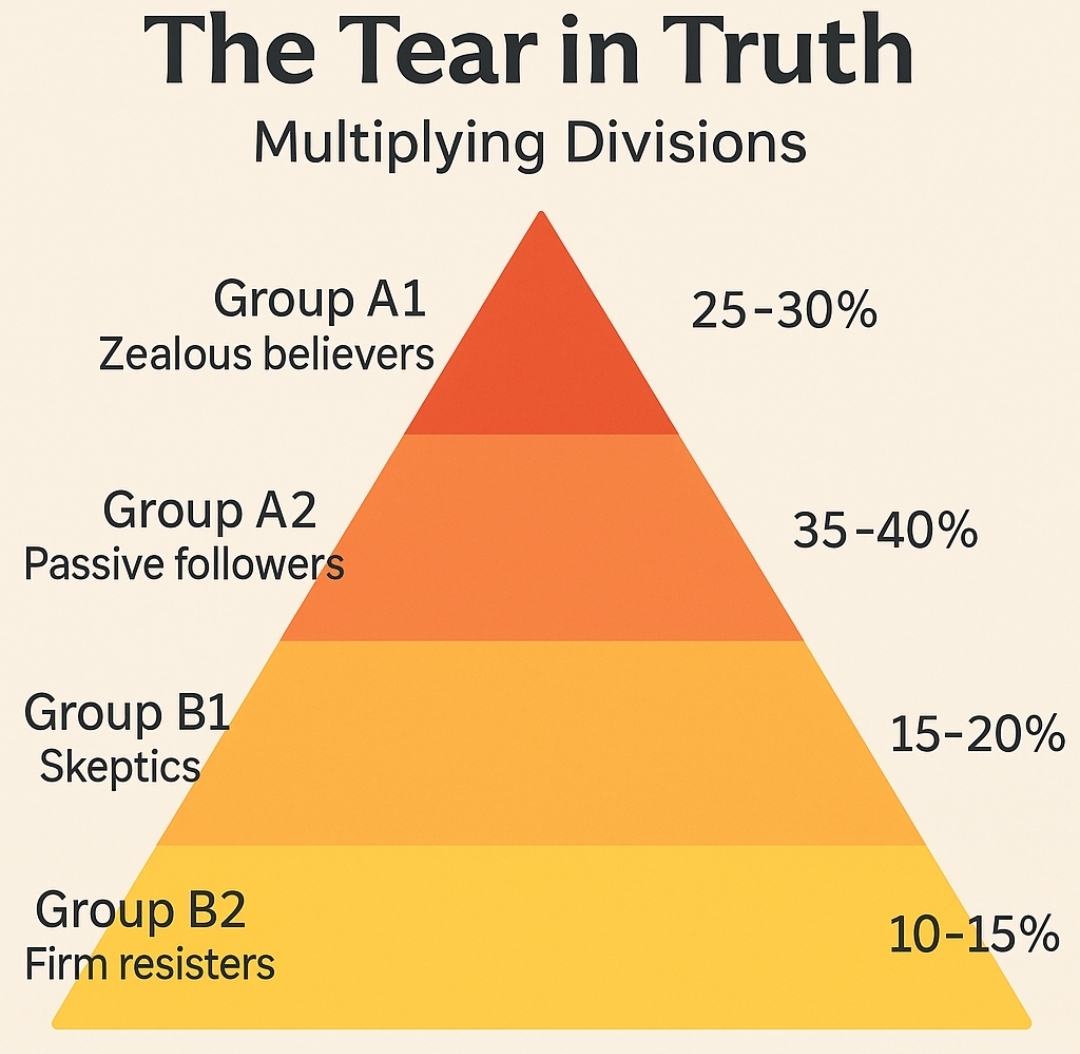
Stages 11–15: The Fragmentation Accelerates
Here, propaganda wires the brain for cognitive dissonance. When people hear contradictions, the brain resolves the discomfort not by questioning the system but by doubling down on the lie. It becomes easier neurologically to reinforce illusion than endure the tension of truth.
- Neurological Result: Lies become the glue holding identity together; unraveling them feels like unraveling the self.
- Return Path: Rewiring requires enduring the pain of dissonance long enough to confront it. By holding tension without retreating into illusion, the brain can create new pathways that prioritize clarity over comfort.
With each lie normalized, more groups emerge — now five distinct factions:
Groups:
- Group A1: Enthusiasts for propaganda, now militant propagandist in silencing dissent.
- Group A2: Followers who rationalize lies to keep their comfort.
- Group B1: Fence-sitters, confused by competing voices.
- Group B2: Private and quiet dissenters, holding their ground privately but not publicly.
- Group C (Remnant/Guardian Seed): Open defenders of truth, beginning to band together.
Generational Inheritance:
- Children of A1 are taught to police others: “Expose disloyal neighbors.”
- Children of A2 inherit compromise: “Go along to get along.”
- Children of B1 inherit uncertainty, often swinging between sides.
- Children of B2 inherit integrity but isolation.
- Children of C inherit courage—and often social persecution.
Historical Parallel: Civil Rights era splits; Cold War propaganda; Iraq War “patriots vs. traitors.”
At this stage, public life is poisoned. Debates turn into shouting matches. Families fracture at dinner tables. Entire communities reorganize around belief in propaganda versus fidelity to truth.
At this stage, public life is poisoned. Debates turn into shouting matches. Families fracture at dinner tables. Entire communities reorganize around belief in propaganda versus fidelity to truth.
And yet, even here, a path back exists. But the further people have traveled into illusion, the more painful the return becomes. Each layer adds weight: rationalizations to unravel, loyalties to confront, stigmas to shed. A child of A2 must overcome comfort and passivity. A child of A1 must unlearn zealotry and face the betrayal of their inherited faith in the system. Each additional stage away from truth increases the cost of honesty, making the climb back to Group C not just intellectual, but emotional, relational, and spiritual.
The principle is simple but sobering: the longer one walks in illusion, the harder it is to admit error and turn back. Truth becomes heavier to bear. Yet, as the wisdom reminds us:
- “Wisdom tends to grow in proportion to one’s awareness of one’s ignorance.” — Anthony de Mello
- “The degree to which a person can grow is directly proportional to the amount of truth they can accept about themselves without running away.” — Leland Val Van De Wall
Thus, return is possible — but it requires not only research and doubt, but humility and courage to endure the pain of stripping away illusions. In the mid-stages of fragmentation, returning to truth feels less like walking home and more like carrying a cross uphill.

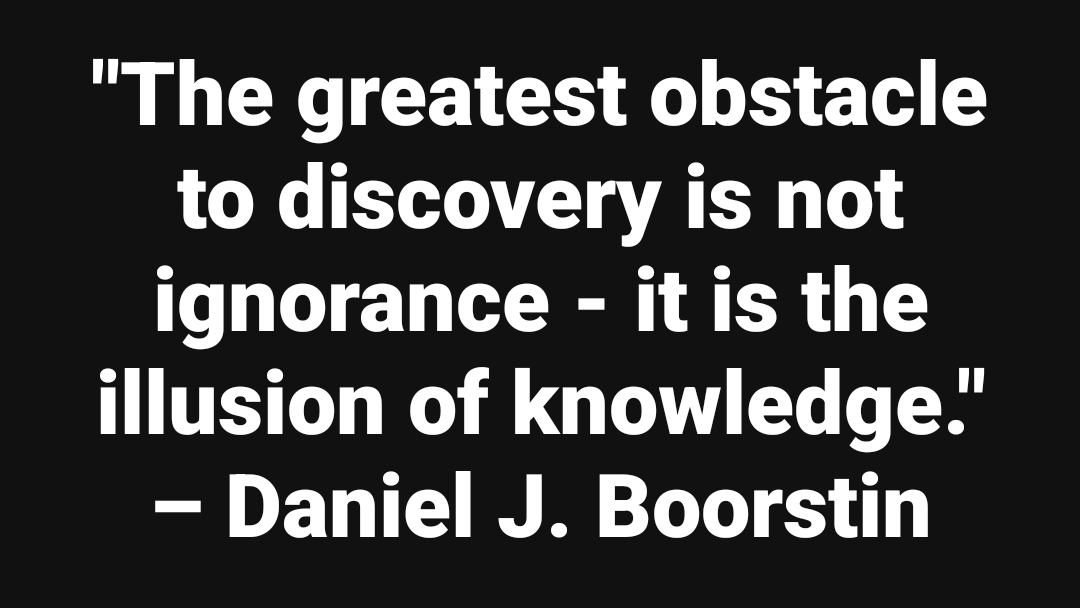
Stages 16–20: Entrenchment
Here, propaganda wires the brain for cognitive dissonance. When people hear contradictions, the brain resolves the discomfort not by questioning the system but by doubling down on the lie. It becomes easier neurologically to reinforce illusion than endure the tension of truth.
- Neurological Result: Lies become the glue holding identity together; unraveling them feels like unraveling the self.
- Return Path: Rewiring requires enduring the pain of dissonance long enough to confront it. By holding tension without retreating into illusion, the brain can create new pathways that prioritize clarity over comfort.
Six groups now dominate, and the gulf between them is almost unbridgeable:
Groups:
- Group A1: Activists of propaganda, eager to punish dissenters.
- Group A2: Comfort-seekers. Conformists who excuse corruption for “safety” or “progress.”
- Group B1: Pragmatists who try to negotiate between truth and lies.
- Group B2: Private dissidents, growing more isolated.
- Group B3: Early awakeners, starting to see the full system of deception.
- Group C (The Remnant and Guardians): Courageous truth-keepers, refusing fear or compromise.
Generational Inheritance:
- Children of A1 grow up authoritarian, convinced dissenters are enemies of progress.
- Children of A2 inherit complacency: “As long as I’m safe, nothing else matters.”
- Children of B1 inherit indecision, often paralyzed.
- Children of B2 and B3 inherit suspicion of authority and a seed of awakening.
- Children of C inherit resilience, but also marginalization.
Historical Parallel: Patriot Act era post-9/11, when most surrendered freedom for safety, while a small remnant warned of surveillance creep.
By now, “culture” itself begins to change. Institutions (schools, media, corporations, churches) mostly align with Group A. The remnant looks increasingly alien — mocked, marginalized, sometimes persecuted.
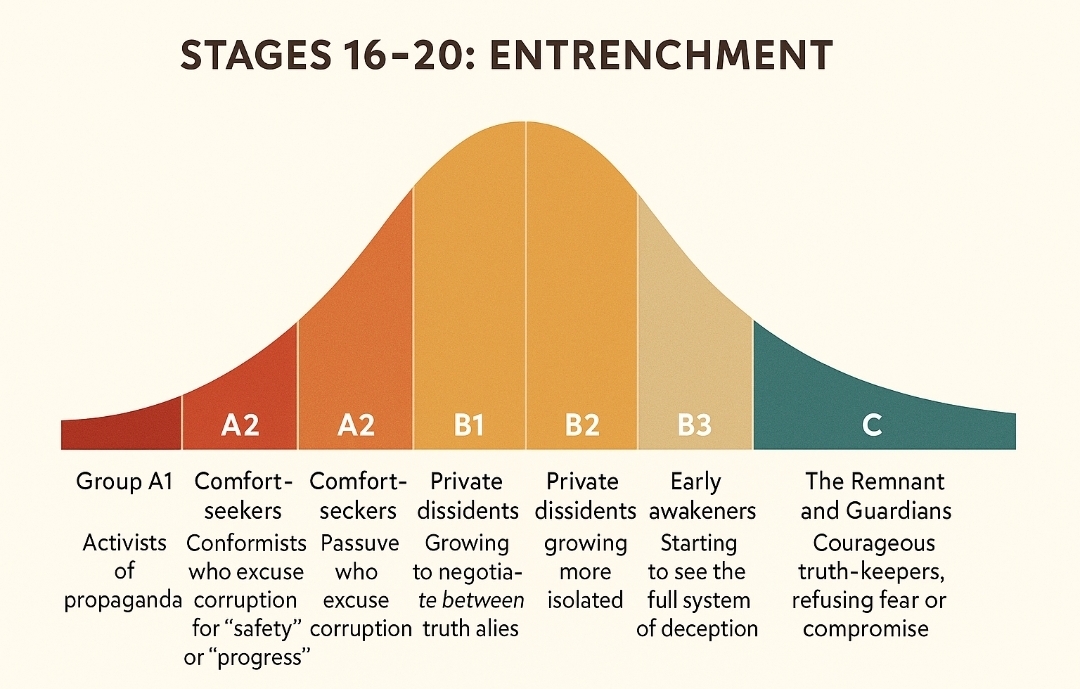
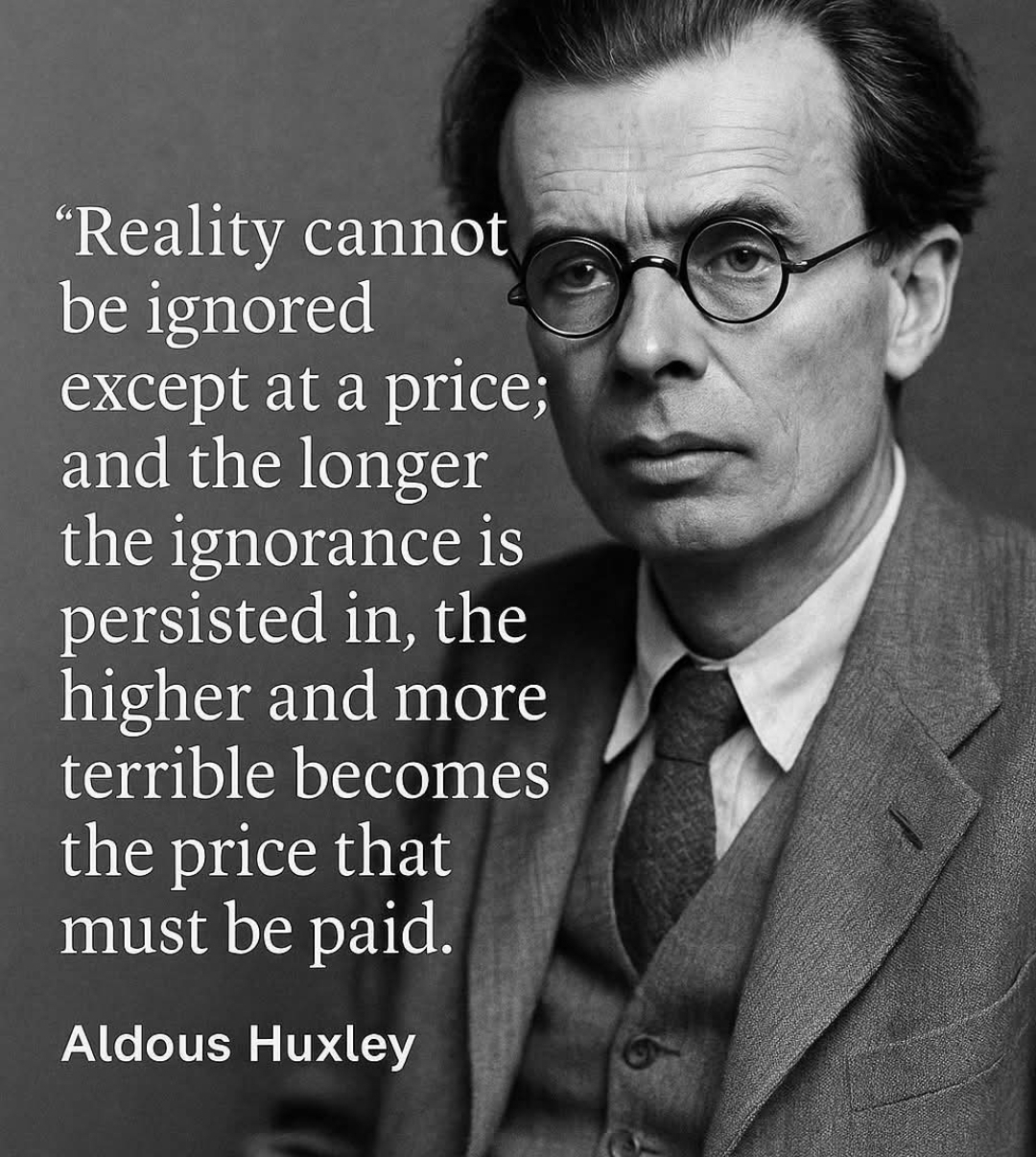
The path back from entrenchment is possible, but it is agonizing. The deeper someone lives within the system, the more identity and livelihood are tied to its illusions. A child of A1 must betray not just beliefs, but an entire way of life built on loyalty to propaganda. A child of A2 must overcome a culture of comfort and complacency where ease has replaced conscience. A child of B1 must escape the paralysis of endless compromise. Each of these requires not only study and doubt, but also immense personal sacrifice — friendships lost, careers endangered, reputations destroyed.
Here the spiritual cost becomes clearest: the further one goes into entrenchment, the more returning feels like death. Old certainties must be crucified. Entire social networks may be severed. Yet this very pain is the refining fire of truth — the stripping away of Babylon’s illusions.
As one awakener put it: “The truth will set you free, but first it will make you miserable.” At this stage, returning to truth is less about curiosity and more about courage: the willingness to lose everything that captivity provided in order to reclaim what Babylon stole.
Stages 21–25: Cultural Collapse
Propaganda has now become generational wiring. Children are born into neural environments where lies are normal, reinforced in schools, media, and family life. Obedience feels natural; truth feels alien.
- Neurological Result: Whole generations carry conditioned reflexes that equate propaganda with reality.
- Return Path: Rewiring requires rebuilding memory and conscience at the family and community level — through storytelling, history, books, and living examples that challenge the inherited programming.
Seven groups operate, but most are variations of compliance:
Groups:
- Groups A1–A3: Fully immersed in propaganda, differing only in intensity.
- Groups B1–B3: Fragmented between compromise and awakening, often fragmented within themselves.
- Group C (Remnant and Guardian): Now clearly distinct, small but unshakable.
Generational Inheritance:
- Children of A1–A3’s see propaganda as reality: “This is just how things are.”
- Children of B1–B3’s children inherit double-mindedness: raised in contradiction, some awaken, others collapse.
- Children of C inherit the burden of being outsiders; often drawn to faith, history, or alternative communities.
Historical Parallel: Late Roman Empire; Soviet Union’s generational indoctrination; modern consumer culture where lies are normal.
At this stage, truth has become a minority position. Whole generations grow up in Group A assumptions, believing lies are reality. The remnant feels like strangers in their own land, often retreating into parallel communities.
The return to truth now demands radical breakage. Those born into A1–A3 don’t just need to unlearn propaganda; they must discover that another reality even exists. For B1–B3, the battle is against despair and confusion — the temptation to remain lukewarm rather than face the fire of clarity. The climb out is marked by alienation: defectors lose not only comfort, but often family and community bonds
Yet those who endure this pain often become the strongest defenders of truth. Having lived deeply in Babylon, they understand its illusions more clearly than those who never believed them. Their testimony carries power precisely because their return cost them everything.
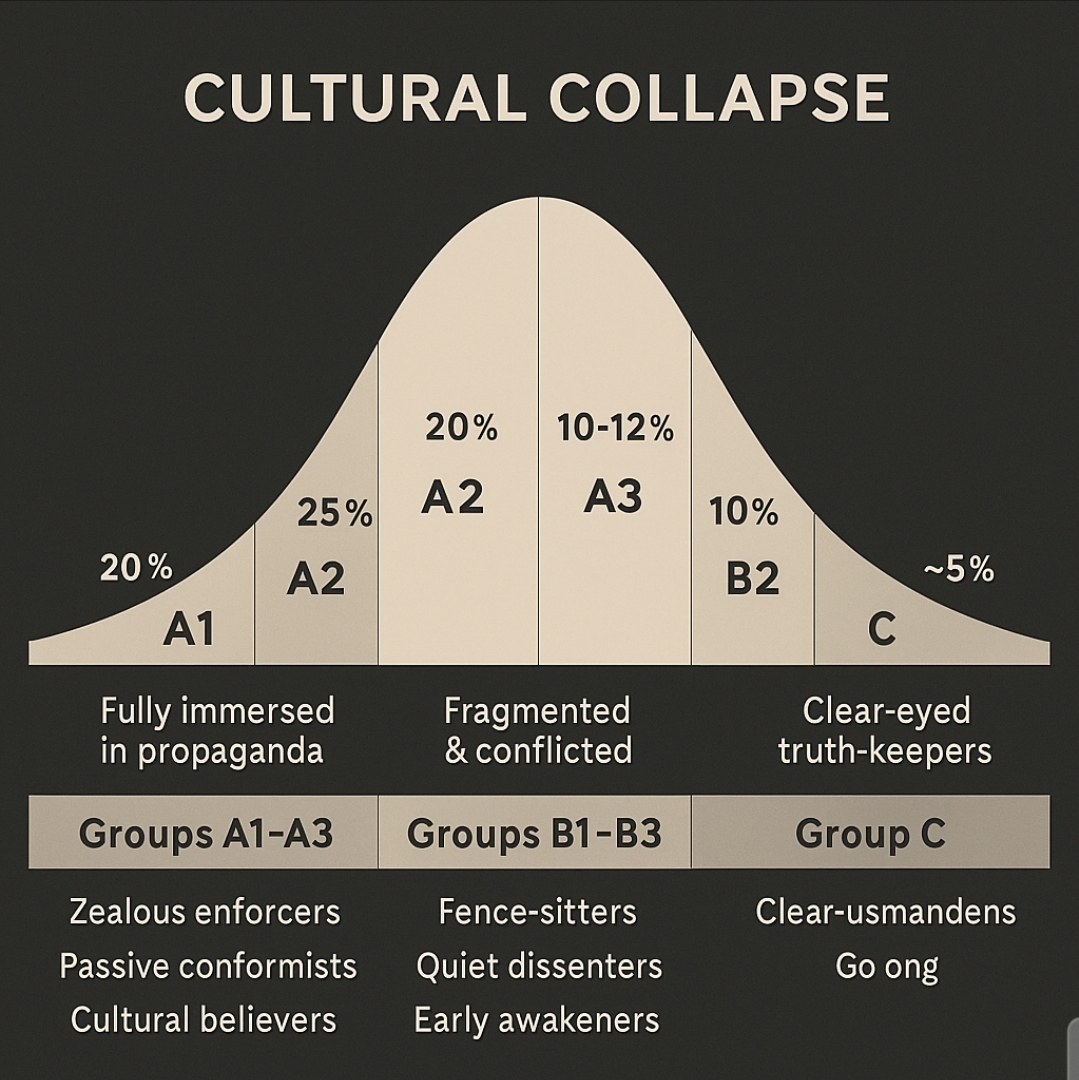
Stages 26–30: The Final Divide
In the final stages, propaganda fuses with identity itself. The brain is wired so deeply into illusion that questioning feels like treason. Captivity is not just external but neurological.
- Neurological Result: Truth is equated with betrayal; obedience with survival.
- Return Path: Rewiring here is radical, often triggered by conscience, suffering, or faith. It requires breaking identity itself and allowing the brain to rebuild around truth, even at the cost of reputation, comfort, or life.
Eight groups exist, but only one stands for truth. The others are fully captured or hopelessly compromised.
Groups:
- Groups A1–A4: Locked into propaganda, with some fully weaponized against dissent.
- Groups B1–B3: Confused, double-minded, fragmented.
- Group C (The Remnant and Guardian): Clear-eyed, principled, prepared to endure.
Generational Inheritance:
- Children of A1–A4 are born into total illusion; questioning is unthinkable. They carry inherited prejudice against truth-tellers.
- Children of B1–B3 inherit fractured worldviews—restless but often lost.
- Children of C inherit both clarity and persecution. They are the seed of renewal after collapse.
Historical Parallel:
- Rome under the Caesars.
- 20th-century totalitarian states where propaganda was total (e.g., Nazi Germany, Mao’s China).
- Modern parallels in creeping technocracy and surveillance.
At the final tears, the culture itself is no longer recognizable. The majority have surrendered freedom for comfort, justice for propaganda, truth for illusion. Only the remnant remembers what reality is.
The cost is no longer social or professional but existential. In A4, truth is branded as treason. For B-groups, indecision calcifies into despair. Only the rare soul who receives a shock of grace — through conscience, crisis, or encounter with God — can pierce through the layers of illusion.
And yet, even at the edge of collapse, return remains possible. But it is apocalyptic in nature: the stripping away of everything, the refusal to bow to Babylon even under threat of death. This is the stage where the mark of the beast becomes clearest — where the choice is no longer disguised as lifestyle, but revealed as allegiance. Captivity or liberty.
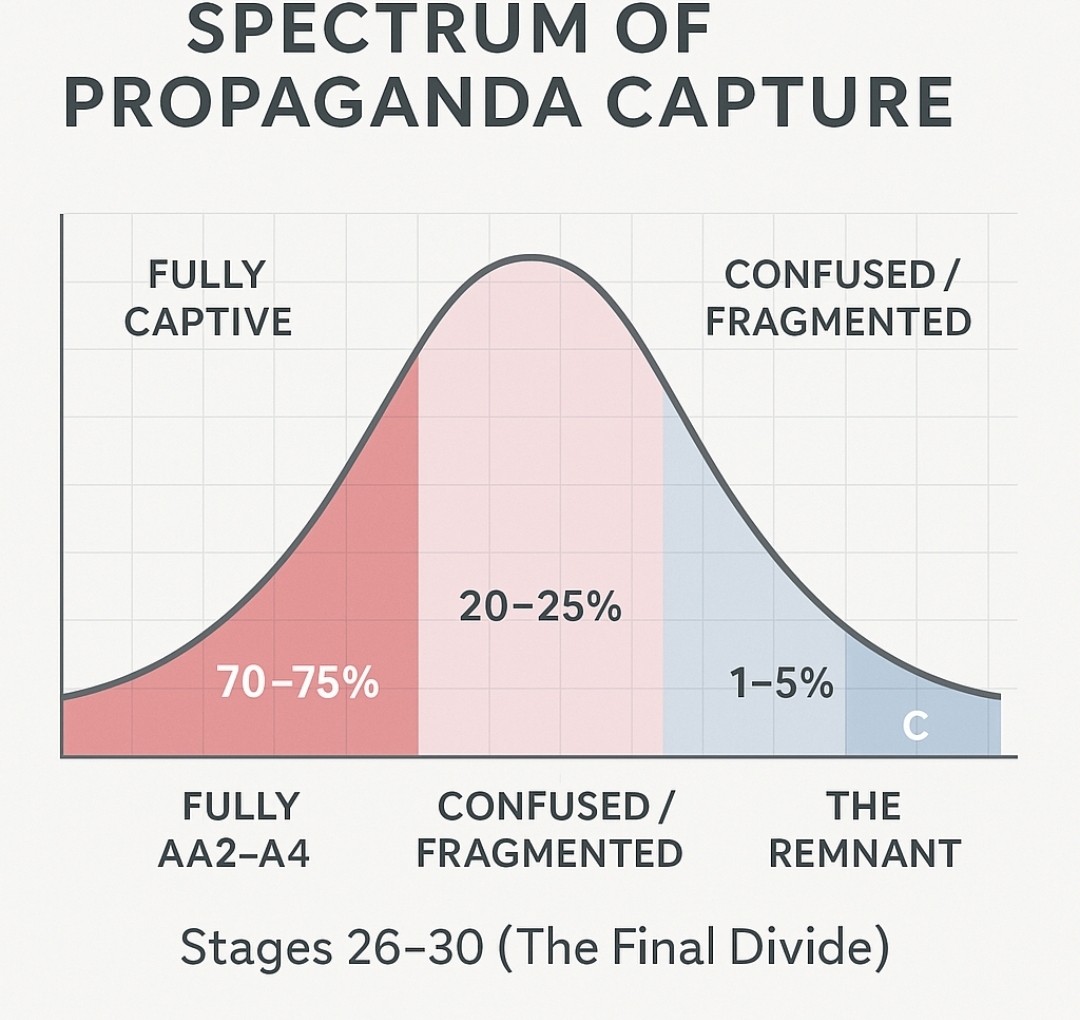
Those who return at this stage are the martyrs, the prophets, the guardians of last things. Their pain is total, but so is their clarity. They stand as seeds of renewal on the other side of collapse, carrying truth into the ruins so it can be planted again.

Key Lessons
Fragmentation is inevitable. Once truth is torn, groups multiply, each rationalizing their position.
The majority always drifts toward propaganda. Comfort, fear, and conformity pull most people into compliance.
The remnant remains small. But they are the ones who preserve truth through collapse.
Truth vs. illusion is not just political. It is cultural, moral, and spiritual. At each tear, people choose not just what they believe but who they become.
This applies to both individuals and communities. A single person may live through 30 tears in their own conscience. Or a whole society may march through them together.
Conclusion
The Tear in Truth shows why communication becomes impossible between those who embrace propaganda and those who resist it. Hypothetically, after 30 tears, they no longer share a common world. It becomes a modern-day Tower of Babel — not because our tongues are different, but because our “languages” of reality, truth, and morality have been confounded. Words like freedom, justice, or safety no longer mean the same thing to each group. Dialogue collapses into noise, and with it, the ability to rebuild shared understanding. This is why some warn that we are heading toward civil war — not necessarily with muskets and cannons, but with fractured minds, divided communities, and irreconcilable visions of reality.
Yet it also shows why the remnant matters. Even if mocked, isolated, or persecuted, they carry the thread of reality through the rift. And when the fabric collapses, it is the remnant and guardians who can begin to weave it back together.
